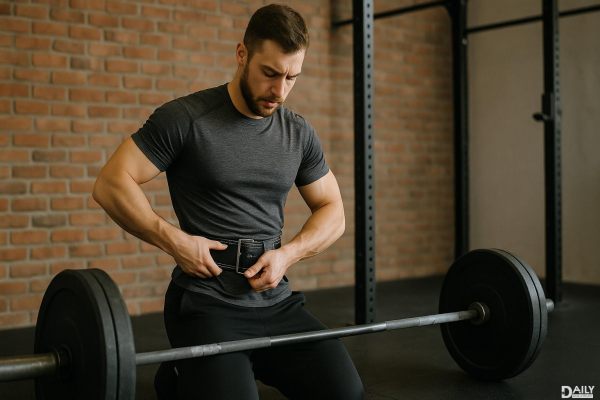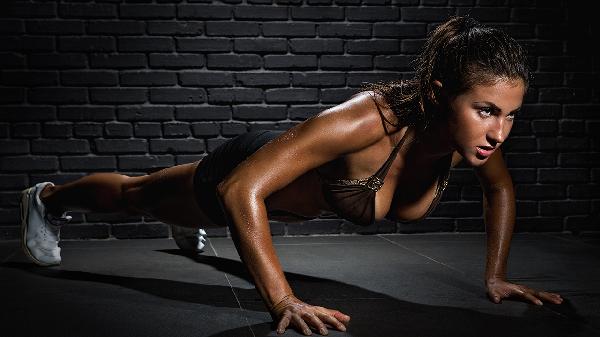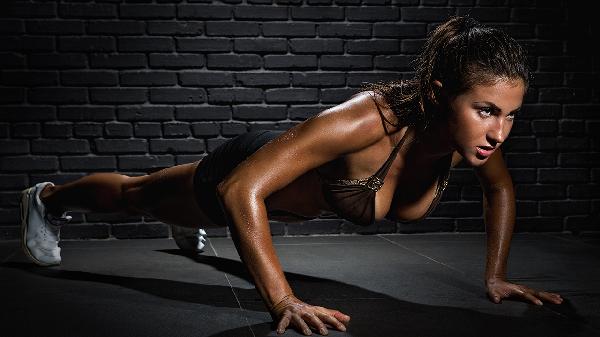Plank jacks are like the lovechild of a classic plank and a jumping jack—combining the core-strengthening power of the former with the heart-pumping cardio of the latter. If you're looking for a move that challenges your stability, endurance, and strength without needing any equipment, this is it. But before you dive in, let’s break down why plank jacks deserve a spot in your workout routine and how to do them right—without sacrificing form or risking injury.
Why Plank Jacks Are Worth the Burn
Plank jacks aren’t just a gimmicky variation of a standard plank—they’re a legit full-body exercise. By adding that jumping jack motion, you’re forcing your core to work overtime to stabilize your body while also getting your heart rate up. Think of it as a two-for-one deal: You’re building strength and endurance in one go. Plus, since they’re bodyweight-based, you can do them anywhere—no gym membership required. Whether you're short on time or just want to spice up your usual routine, plank jacks deliver serious results without the need for fancy equipment.
Mastering the Classic Plank Jack
Before you start flinging your feet out like a frog in a hurry, let’s nail the basics. Proper form is everything with plank jacks—otherwise, you’re just asking for lower back strain or shoulder discomfort. Start in a high plank position, shoulders stacked over wrists, core tight, and body in a straight line. From there, jump your feet wide (like a jumping jack) and then snap them back together. The key? Keep your hips steady—no sagging or hiking them up. If you feel your form slipping, dial it back or switch to a modified version until you build up the strength and control.
Low-Impact Plank Jacks for Beginners
Not ready for the full explosive version? No shame in that. A low-impact modification lets you reap the benefits without the jumping. Instead of hopping your feet out, step them out one at a time, maintaining control the whole way. This version is gentler on the joints but still fires up your core and gets your heart rate up. It’s also a solid option if you’re recovering from an injury or just prefer a more controlled movement. The goal isn’t speed here—it’s precision and stability.
Level Up With Resistance Bands
Want to make plank jacks even more challenging? Loop a mini resistance band around your thighs or ankles. Now, every time you jump or step your feet out, your glutes have to work harder to resist the band’s pull. This tweak turns an already tough move into a serious lower-body burner. Just be mindful of your form—if the band throws off your alignment, drop it and focus on nailing the basic version first.
How to Incorporate Plank Jacks Into Your Routine
Plank jacks work great as part of a HIIT circuit, a warm-up, or even a standalone core finisher. Try adding them into a tabata-style workout (20 seconds on, 10 seconds off) or pairing them with other bodyweight moves like push-ups or mountain climbers for a full-body burn. Just remember: Quality over quantity. It’s better to do fewer reps with perfect form than to rush through sloppy ones. And if you start feeling it in your lower back instead of your core? That’s your cue to take a break or modify.
At the end of the day, plank jacks are a killer way to build strength and stamina without any equipment. Whether you’re a beginner or a seasoned fitness junkie, there’s a version of this move that’ll challenge you—just listen to your body and keep that core tight. Now go get jacked (plank-style).
























